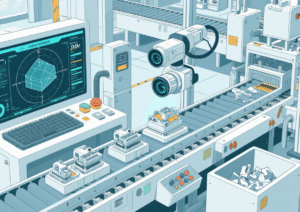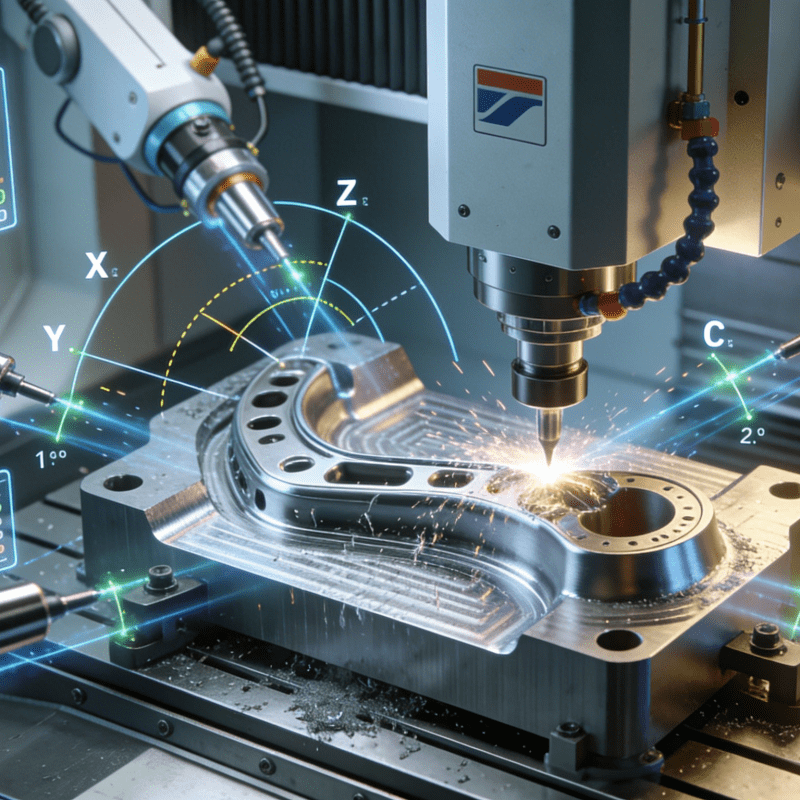
Guide: Artificial intelligence and machine learning systems excel in pattern analysis, anomaly detection, and real-time decision-making. These are all advantages for the complex and ever-expanding IoT ecosystem.
The Attack Surface of Smart Devices Continues to Expand
Nowadays, our homes, cars, and workplaces are becoming increasingly smart. While this brings unparalleled convenience, it also opens a Pandora’s box, because smarter devices usually mean “more vulnerable devices.”
With billions of devices expected to be connected to the Internet in the next few years, traditional security solutions alone will be far from sufficient. The emergence of artificial intelligence (AI) and machine learning (ML) has opened up new areas for defending against evolving threats, especially in environments where manual monitoring is impractical.
But how do they work in practice? What does their use mean for consumers?
Why Traditional Security Falls Short in the IoT Era
Before we delve into the role of artificial intelligence and machine learning in protecting the IoT, it is necessary to understand why traditional methods struggle to meet this challenge.
First, the sheer number of devices makes it impossible to manually monitor all network traffic or patch all vulnerabilities using traditional methods. Second, there is a wide variety of devices—for example, the security needs and vulnerabilities of a smart toothbrush may be vastly different from those of a smart TV. Many devices have proprietary software, different hardware standards, and no unified security model.
Last but not least, limited resources make traditional security methods unfeasible. Most IoT devices have limited processing power and memory, making them unsuitable for traditional endpoint protection tools.
These are some of the important reasons why we need smarter, more adaptive protective measures. And this is where artificial intelligence and machine learning shine.
Artificial Intelligence and Machine Learning: A Perfect Match for the IoT World
Artificial intelligence and machine learning systems excel in pattern analysis, anomaly detection, and real-time decision-making. These are all advantages for the complex and ever-expanding IoT ecosystem.
- Anomaly Detection: Machine learning algorithms can quickly learn the “normal” behavior of each device and then flag any activity outside that range. For example, if a thermostat suddenly tries to connect to an unfamiliar server in another country, it will be immediately marked as suspicious.
- Real-time Threat Response: AI systems can block suspicious traffic or isolate devices immediately without waiting for human approval.
- Predictive Analysis: By analyzing large amounts of data, machine learning can predict the occurrence of threats. For example, machine learning systems can identify early signs of botnet formation.
- Automated Policy Implementation: AI can help dynamically manage device permissions, adjusting access rights based on context and usage patterns.
Common Use Cases for Consumers
Thanks to user-friendly chatbots and other convenient tools, artificial intelligence is no longer an inaccessible, enterprise-only concept. In fact, most people are probably already using it in various ways, sometimes without even realizing it.
Here are some practical applications of AI for IoT security:
- Smart home routers with AI-based intrusion prevention: Some consumer-grade routers now implement machine learning capabilities to identify abnormal traffic from devices and automatically cut them off.
- Voice assistants with intent detection: ML helps identify spoofing attempts or malicious voice commands.
- Security cameras with edge AI capabilities: These devices can detect people, animals, and packages, and even recognize if someone is lurking at the door for too long.
- Wearable devices with behavioral biometrics: Smartwatches or fitness trackers can help verify your identity based on movement, location, or usage patterns.
Although these technologies may not always be obvious, they are designed to give users peace of mind without requiring them to be security experts.
What Consumers Can Do
While we wait for more powerful and mature AI models for IoT security, you can still take steps to protect your smart home ecosystem or wearable devices on your own.
- Change default passwords: Doing so can greatly increase your chances of defending against attacks that exploit known default passwords.
- Keep firmware updated: Frequent firmware updates (or enabling automatic updates) can protect you from serious security vulnerabilities.
- Use network segmentation: Segmenting your network (for advanced users) or placing IoT devices on a guest network (an efficient, beginner-friendly method) can help limit the IoT attack surface.
- Disable unnecessary features: If you don’t use certain features (such as remote access or voice control), you should disable them.
- Monitor your network traffic: Using a smart router or security app (such as NETGEAR Armor) can help you keep an eye on your IoT ecosystem.
- Audit your smart home: Conducting a monthly IoT security audit can ensure the safety of your smart home.
Even basic network hygiene can go a long way, especially when combined with AI tools.
Smarter Systems, Smarter Homes
Artificial intelligence and machine learning are no longer buzzwords; they are becoming the cornerstone of next-generation cybersecurity, especially in complex and decentralized IoT environments. For consumers, this means smarter protection that works quietly in the background, adapting and learning without any micromanagement.
However, consumers still need to stay vigilant. While AI can make excellent decisions for you, it is still crucial to understand the risks, make privacy-conscious choices, and invest in secure devices and services.
As the IoT grows, more home ecosystems are expected to be built around AI threat detection and machine learning-enhanced security features. Just as antivirus software has become standard for PCs, AI may soon become the norm for protecting smart home ecosystems.
Summary
The rise of the IoT requires a new protection mechanism, one that can address the threats it faces. Artificial intelligence and machine learning are strong contenders for this role.
While they are not a panacea for today’s security challenges, they do give us a glimpse of a more proactive, personalized, and silent cybersecurity future—one that operates behind the scenes, allowing consumers to focus more on life rather than security.
Assembly Line Automation Companies
Fully Automatic Assembly Lines




















